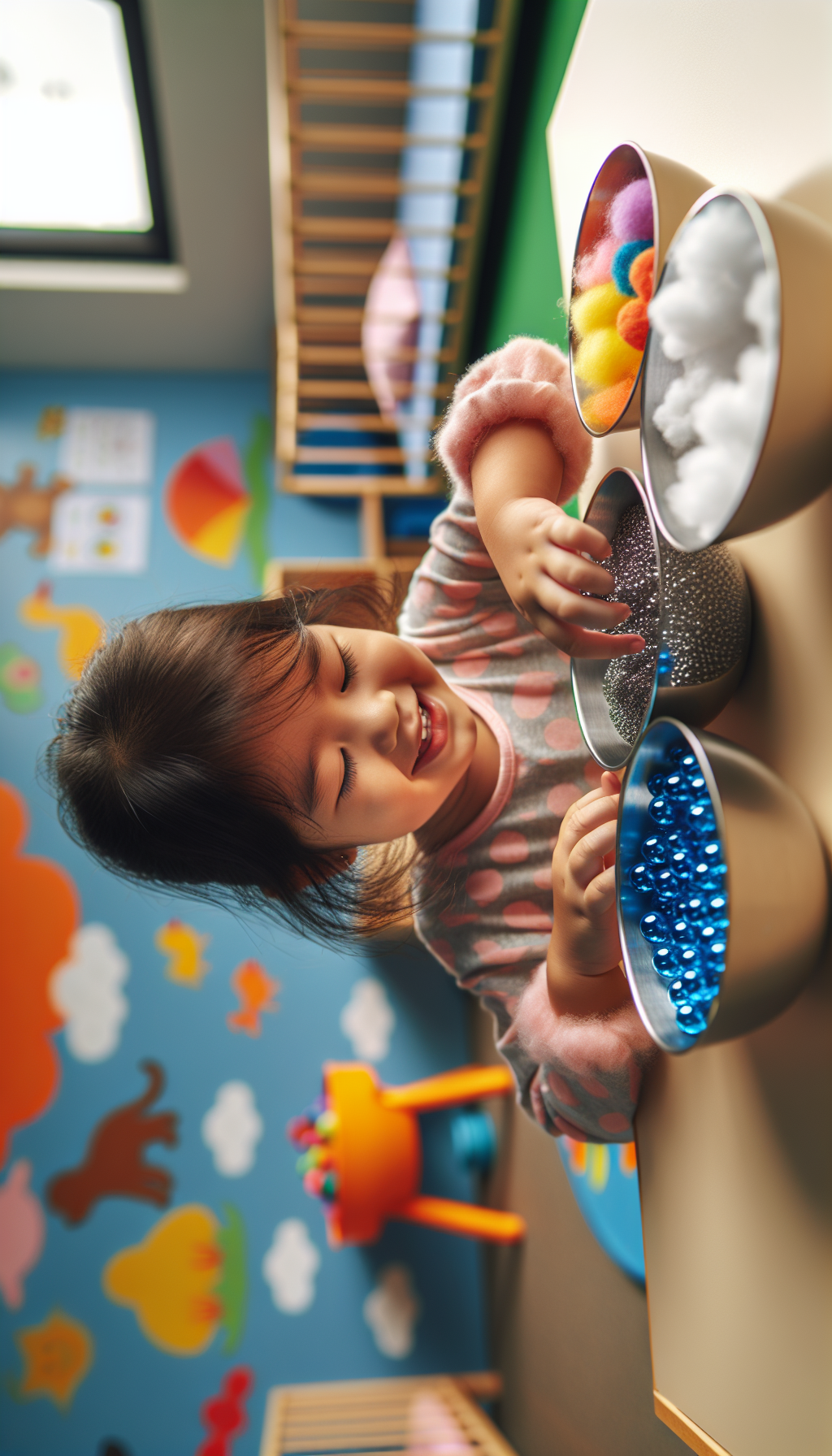Sensory input is the foundation upon which children build their understanding of the world. It is through our senses that we experience life, form memories, and develop emotionally. The early years of life are particularly critical for sensory development, as the brain is at its most malleable state. In this article, we delve into the significance of sensory input for emotional development and discuss strategies to support healthy sensory experiences in children.
Understanding Sensory Input
Sensory input refers to the information we receive through our senses—sight, sound, touch, taste, smell, as well as vestibular and proprioceptive inputs, which relate to balance, movement, and body awareness. This input plays a crucial role in shaping our perception, cognitive abilities, and emotional well-being.
Emotional development is closely tied to the sensory experiences we have. Positive sensory experiences contribute to a sense of security and comfort, which is essential for emotional growth. In contrast, negative or overwhelming sensory experiences can lead to emotional distress and, in some cases, long-term sensory processing issues.
The Role of Sensory Health in Emotional Development
The term "sensory health" encompasses the effective processing and integration of sensory input. For a comprehensive understanding of how sensory health contributes to emotional development, visit Avix Health’s section on Sensory Health. This resource outlines the importance of sensory experiences in maintaining overall health and well-being.
Children with healthy sensory integration are more likely to develop strong emotional regulation skills. They can adapt to changing sensory environments, cope with stress, and respond appropriately to various situations. This adaptability is essential for forming secure attachments and engaging in social interactions.
Sensory Integration and Emotional Regulation
Sensory integration is the process by which the brain organizes and interprets sensory information. When this process functions smoothly, children can maintain optimal arousal levels, focus on tasks, and manage their emotions. For additional insights into the connection between sensory integration and educational outcomes, read about The Impact of Sensory Integration on Educational Outcomes.
Emotional regulation is the ability to manage and respond to an emotional experience in an appropriate manner. Sensory input influences emotional regulation by either calming or stimulating the nervous system. For instance, certain textures or sounds can have a soothing effect, while others might be overstimulating and cause anxiety or irritability.
The Importance of Sensory-Friendly Environments
Creating sensory-friendly environments is a proactive approach to supporting the emotional development of children, particularly those with sensory processing challenges. A sensory-friendly space minimizes the risk of sensory overload and allows children to engage with their environment comfortably. Healthcare settings, in particular, can benefit from such adaptations, as detailed in How to Create Sensory Friendly Spaces in Healthcare Settings.
Strategies to Support Sensory and Emotional Development
Parents, caregivers, and educators can adopt several strategies to nurture sensory and emotional development:
- Provide a Variety of Sensory Experiences: Engage children with activities that stimulate all senses, such as playdough, finger painting, listening to music, or outdoor play.
- Observe and Adapt: Pay attention to the child’s response to sensory input and adjust the environment or activities accordingly to ensure comfort and engagement.
- Create a Sensory-Safe Space: Dedicate an area where children can retreat to when feeling overwhelmed. This space could include items like weighted blankets, soft lighting, or noise-canceling headphones.
- Promote Sensory Play: Sensory play is both fun and educational. It allows children to explore and learn through direct experience. Consider engaging sensory games that can be beneficial for children of all ages, as discussed in Engaging Sensory Games for Children of All Ages.
External Resources for Further Learning
For those interested in exploring more on this topic, here are some niche resources:
- The Star Institute offers comprehensive information on sensory processing disorder and strategies for support.
- Understood.org provides valuable insights into the various aspects of sensory processing and practical tips for parents and educators.
- Zero to Three is a resource that covers early development and well-being, with a focus on the first three years of life.
- Child Mind Institute discusses emotional disorders and how sensory issues can impact children’s emotional health.
- Sensory Integration Education provides courses and resources for professionals interested in deepening their understanding of sensory integration therapy.
Conclusion
The journey of emotional development is complex and deeply intertwined with the sensory experiences we provide for our children. Sensory health is a pivotal aspect of overall well-being, and creating environments that support healthy sensory input is crucial. By understanding the role of sensory input in emotional development and implementing strategies to support it, we can help children grow into emotionally intelligent and resilient individuals.
In conclusion, the importance of sensory input for emotional development cannot be overstated. It is the bedrock upon which children learn to navigate the world around them, form relationships, and develop a sense of self. By fostering sensory health from an early age, we lay the groundwork for a lifetime of emotional well-being.



